
Harry Baker
Harry is a U.K.-based senior staff writer at Live Science. He studied marine biology at the University of Exeter before training to become a journalist. He covers a wide range of topics including space exploration, planetary science, space weather, climate change, animal behavior and paleontology. His recent work on the solar maximum won "best space submission" at the 2024 Aerospace Media Awards and was shortlisted in the "top scoop" category at the NCTJ Awards for Excellence in 2023. He also writes Live Science's weekly Earth from space series.
Latest articles by Harry Baker
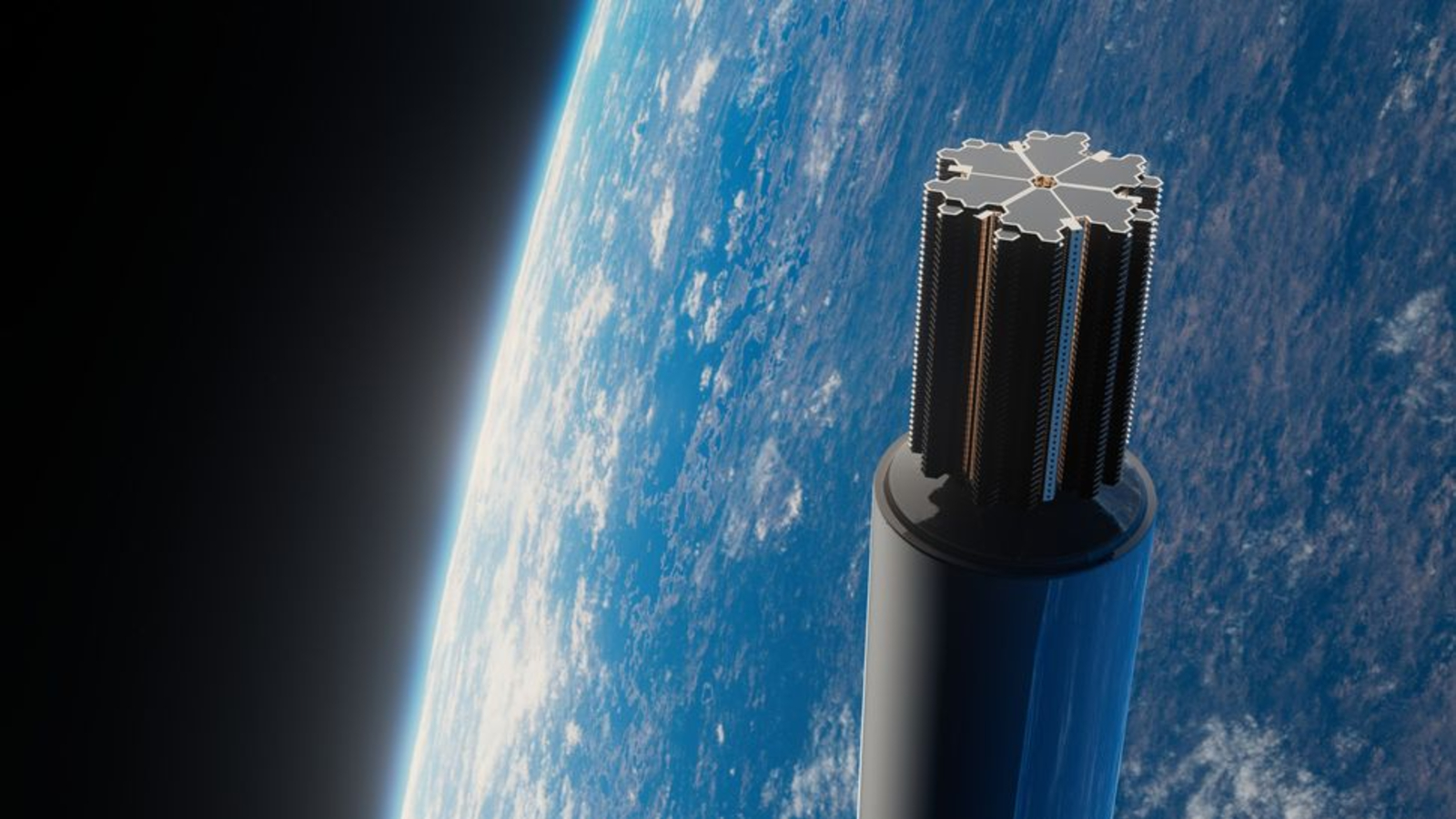
US company to use giant spinning cannon to blast hundreds of pancake-like 'microsatellites' into space
By Harry Baker published
Rocket start-up SpinLaunch wants to catapult hundreds of flattened "microsatellites" into space at once, using a cannon-like machine that accelerates objects by spinning them. The first orbital demonstration is scheduled for next year.
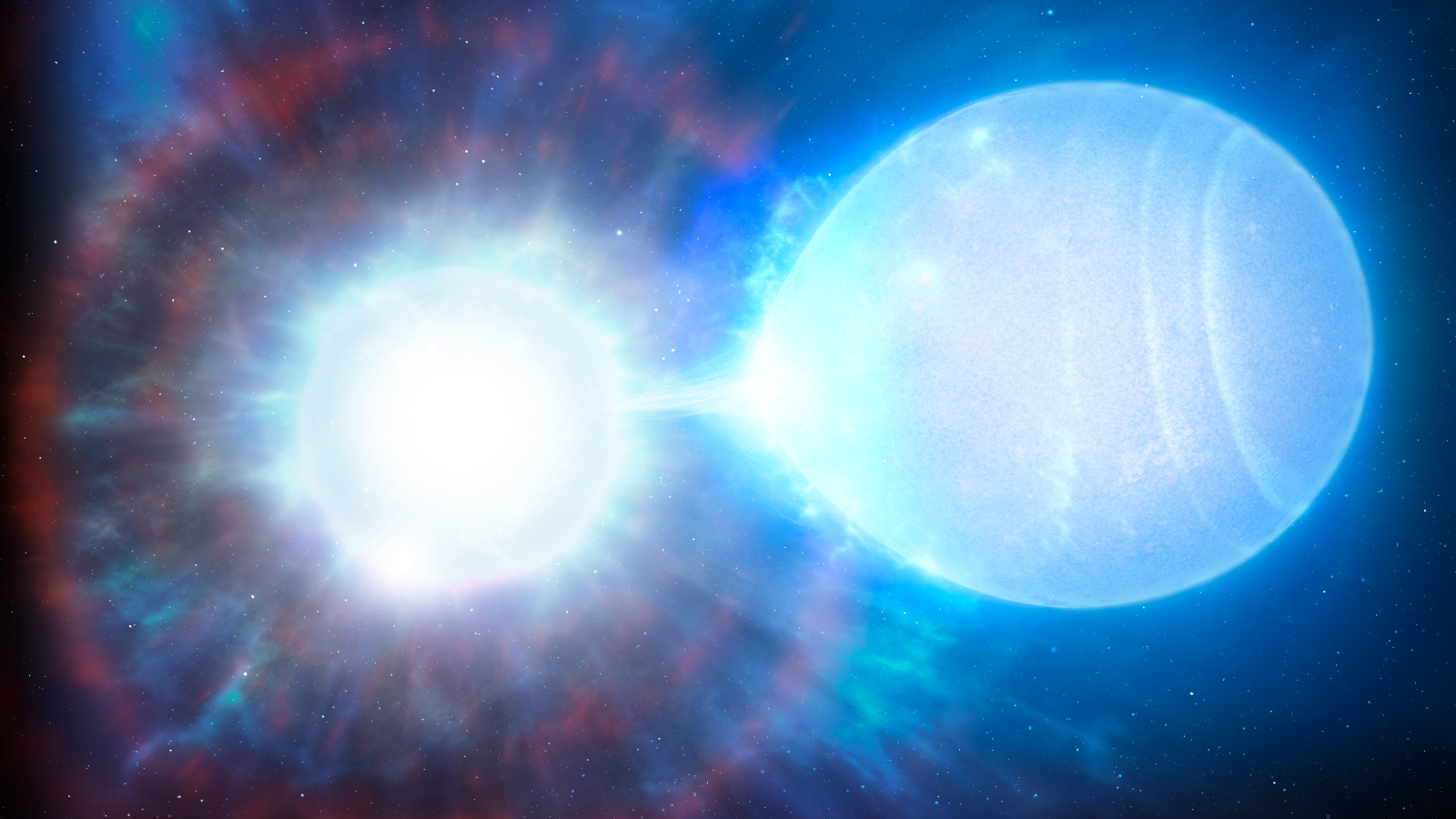
Rare quadruple supernova on our 'cosmic doorstep' will shine brighter than the moon when it blows up in 23 billion years
By Harry Baker published
A pair of white dwarfs, located just 150 light-years from Earth, appears doomed to die in a type 1a supernova that will shine brighter than anything currently visible in the night sky. But humanity — and our planet — will be long gone before this happens.
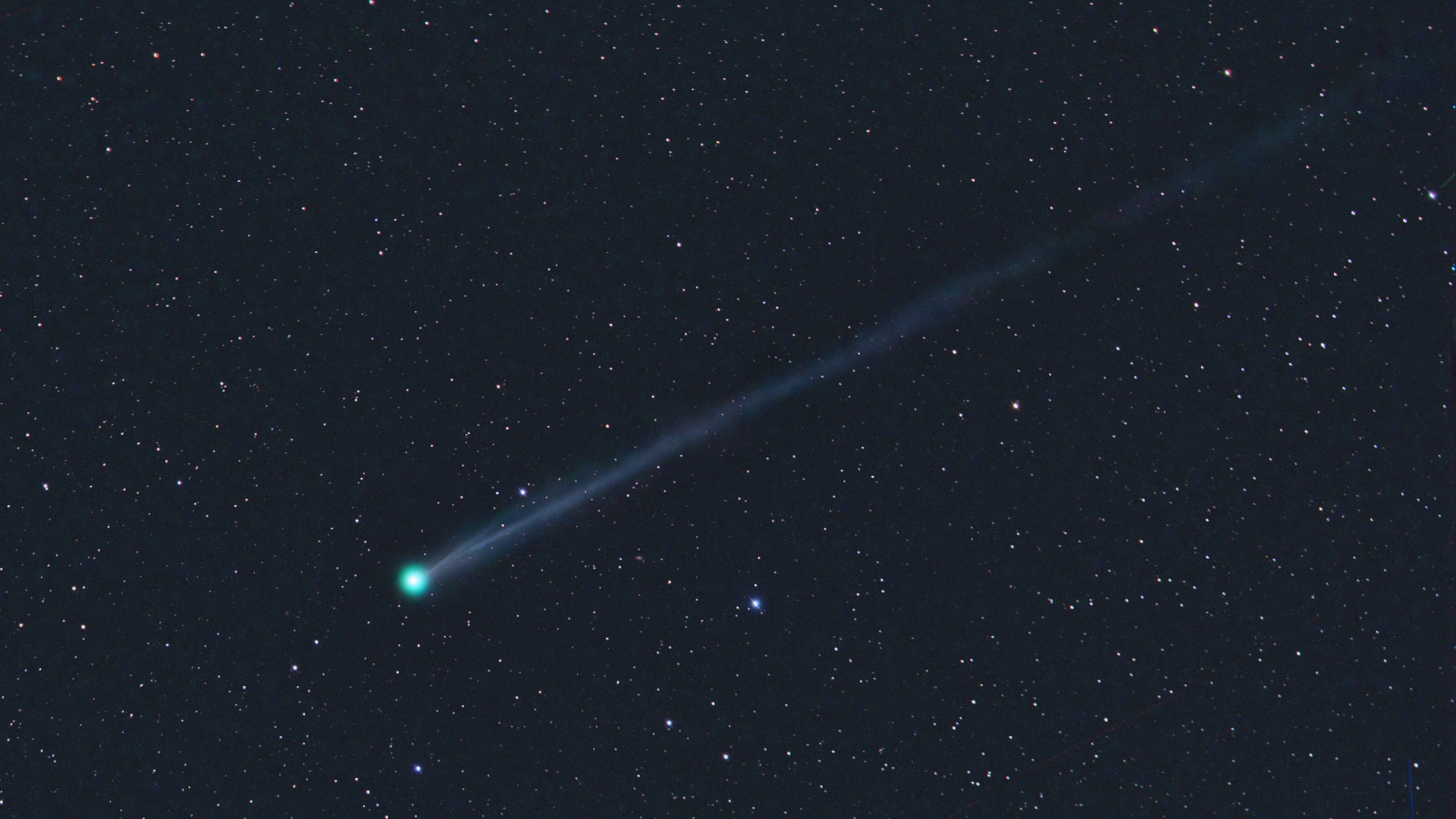
Amateur astronomer discovers bright green comet SWAN25F — and you can see it too
By Harry Baker published
Comet SWAN25F was discovered using photos from the European Space Agency's SOHO spacecraft and can currently be spied using backyard equipment — but it could also become visible to the naked eye in the next few weeks.
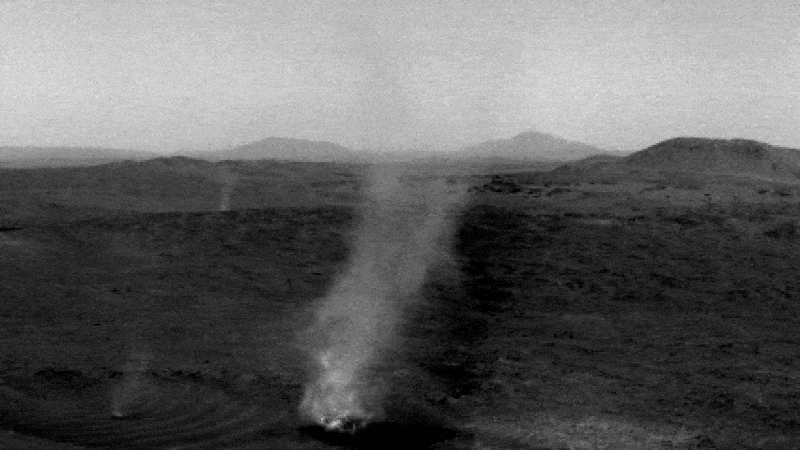
NASA rover watches 'fiendish' Martian 'dust devils' collide in rare case of extraterrestrial cannibalism
By Harry Baker published
Video footage captured by NASA's Perseverance rover shows a small "dust devil" merging with a much larger twister on the surface of Mars.
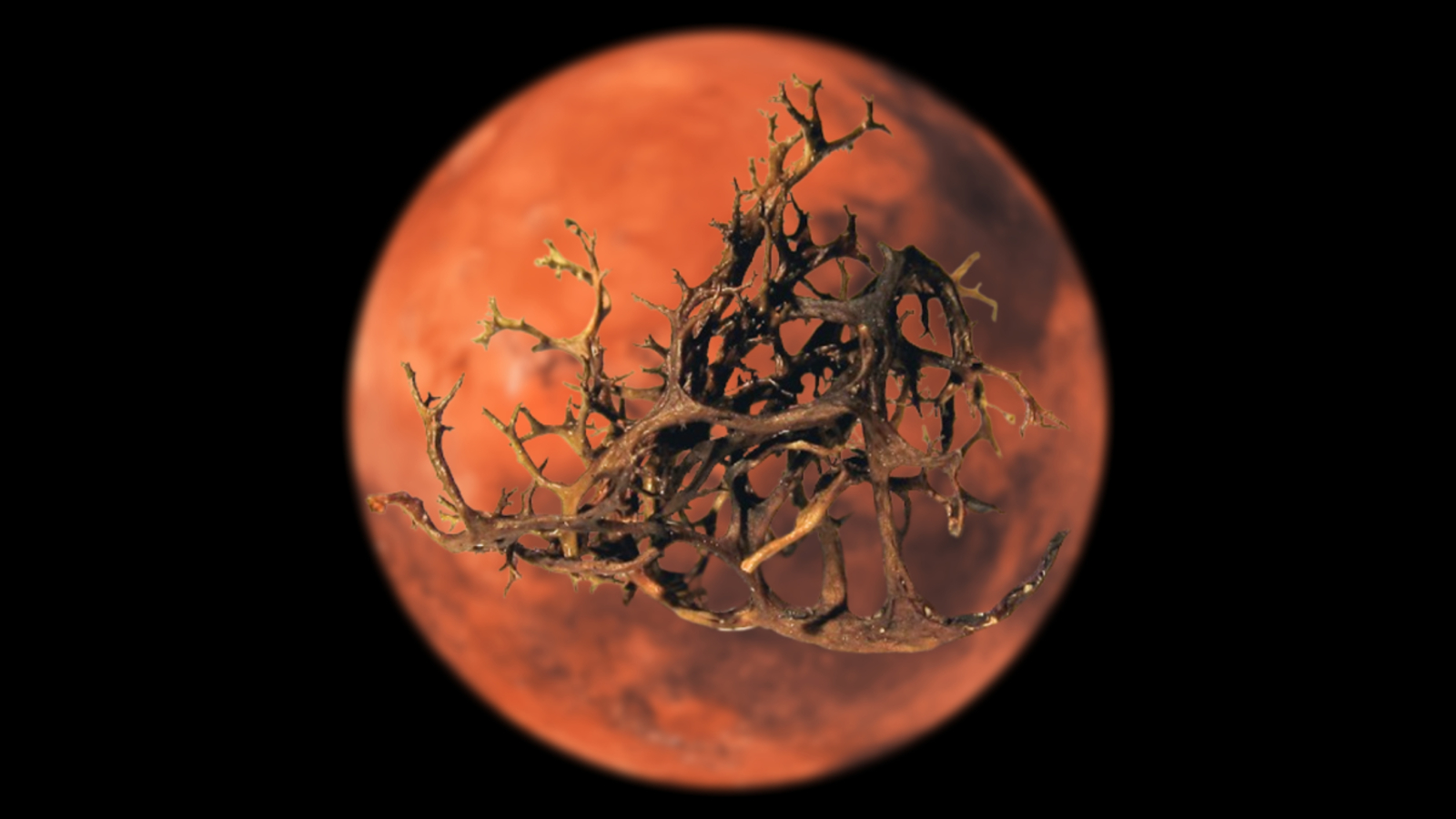
These strange, hybrid Earth lifeforms could survive on Mars, new study hints
By Harry Baker published
Researchers bombarded lichens with a year's worth of Martian radiation in just 5 hours — and they survived, hinting that the extremophiles could potentially live on the Red Planet.
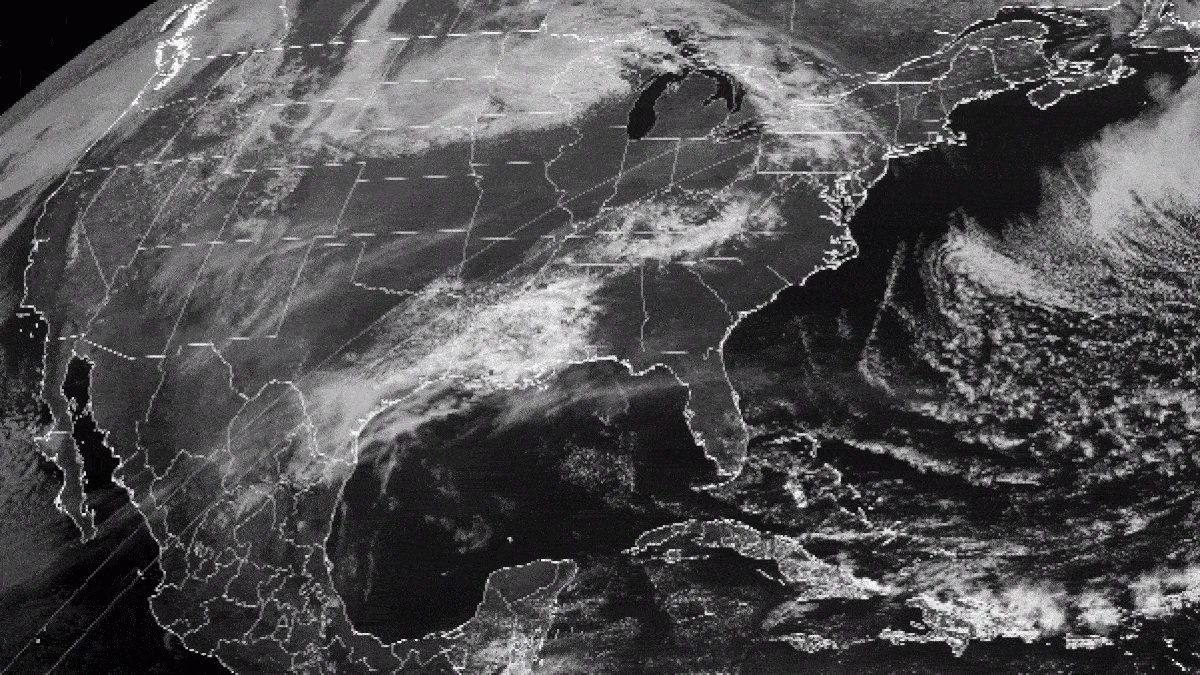
Watch moon's shadow race across US during 2024 total solar eclipse
By Harry Baker published
Earth from space Multiple spacecraft captured the moon's shadow sweeping across North America at more than 1,500 mph during the 2024 total solar eclipse, as millions of people looked up to witness totality.
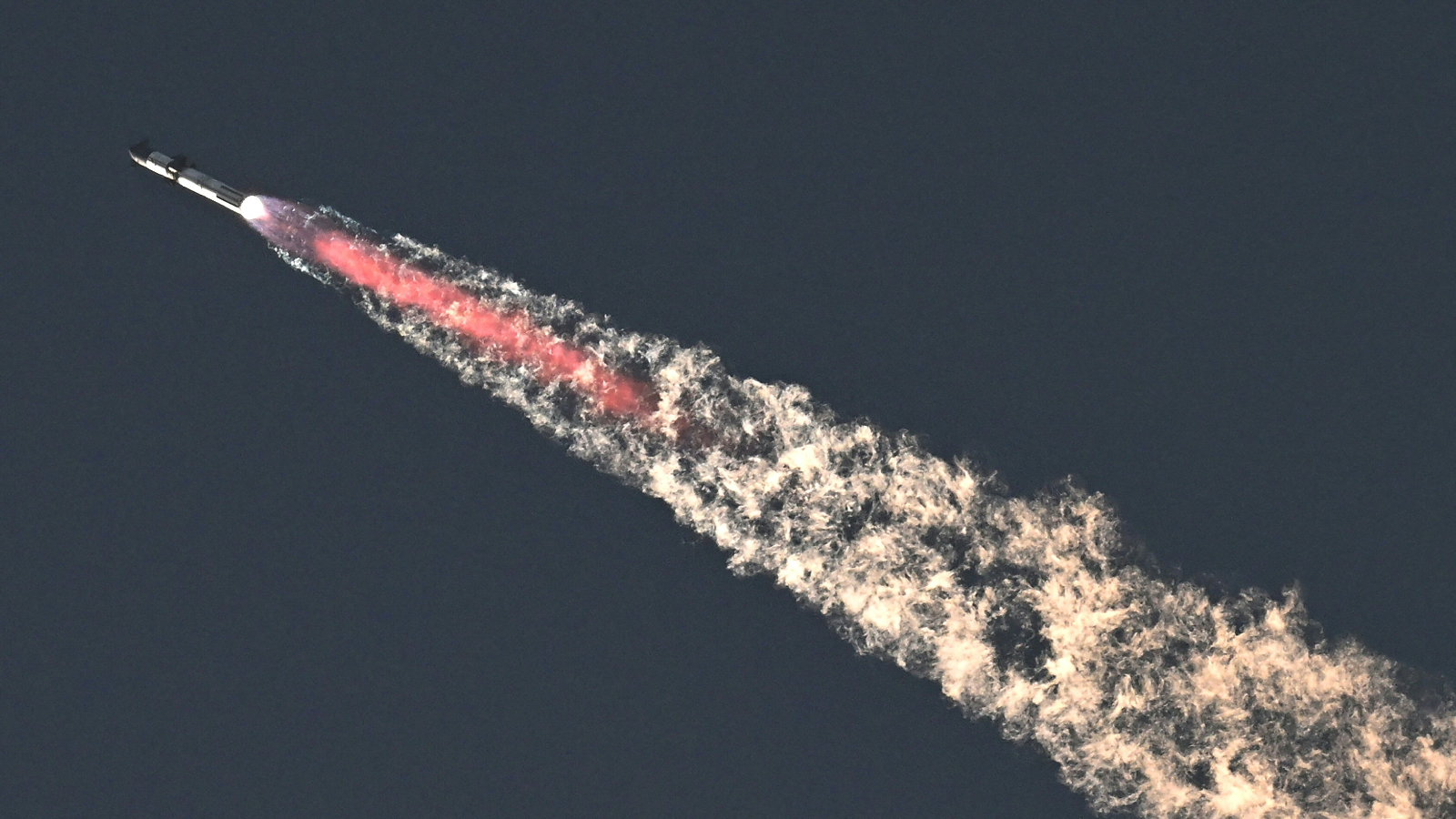
NASA signs new contract to use SpaceX's Starship — even though it keeps blowing up
By Harry Baker published
SpaceX's Starship has been awarded a NASA contract that will allow it to be considered for future missions. However, recent explosive tests have shown the supersized spacecraft is still far from mission-ready.
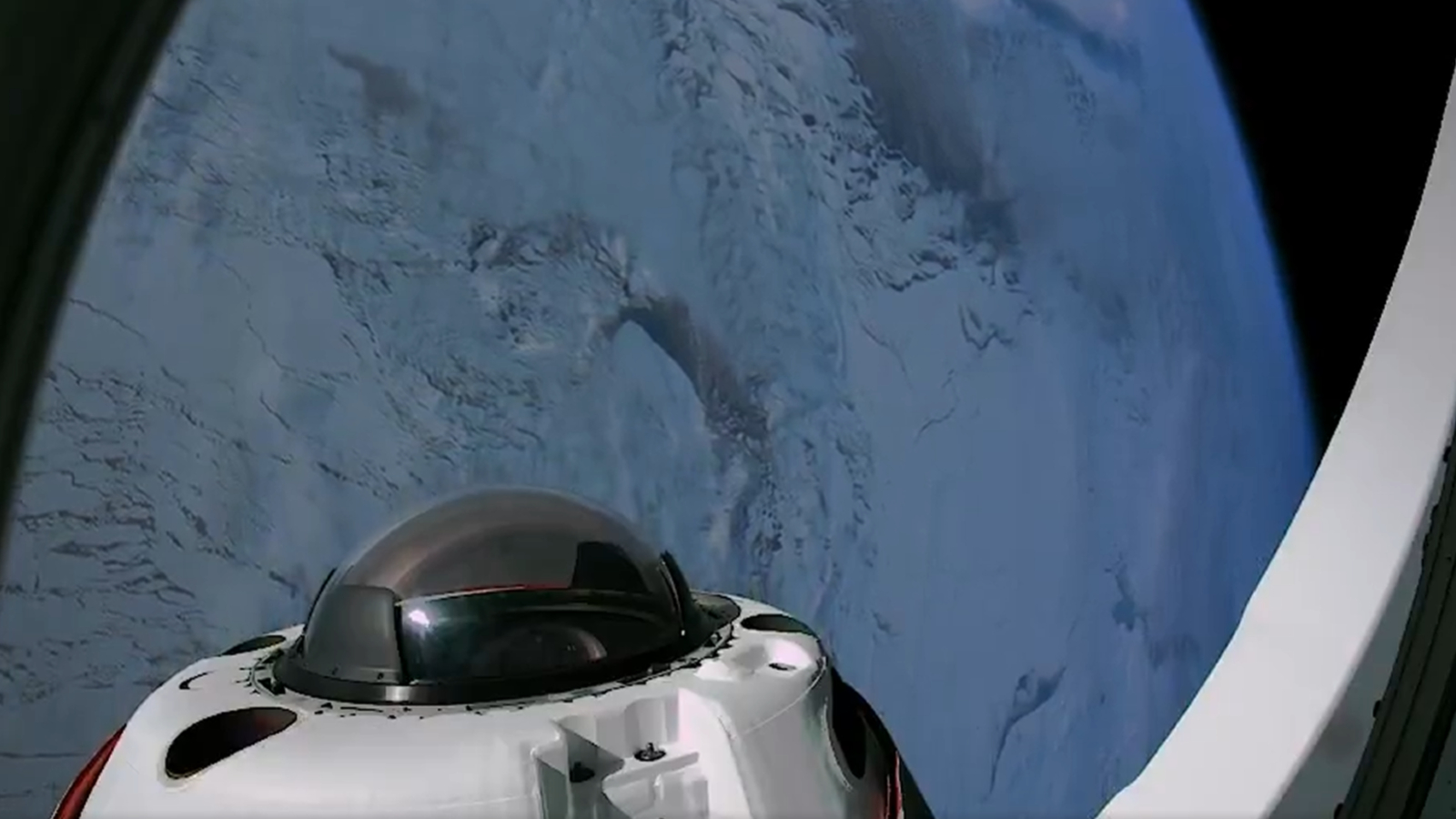
'A notch above a gimmick': Experts question scientific merit of billionaire's Fram2 'space adventure' around Earth's poles
By Harry Baker published
The recently launched Fram2 mission, which is funded and led by cryptocurrency billionaire Chun Wang, will attempt to grow mushrooms, test out hormone diapers and X-ray civilian astronauts. However, experts say that these novel experiments are unlikely to yield meaningful results.
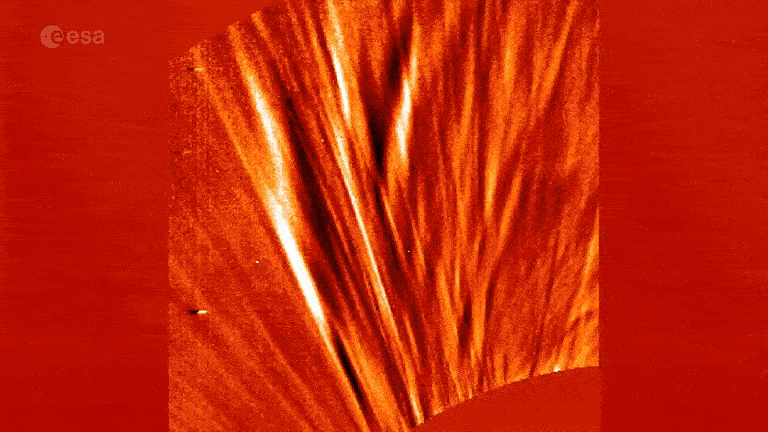
Watch eerie 'UFOs' and a solar 'cyclone' take shape in stunning new ESA video of the sun
By Harry Baker published
An eerie new video from ESA's Solar Orbiter shows a towering 'cyclone' of plasma exhibiting behaviors never seen before on our sun.
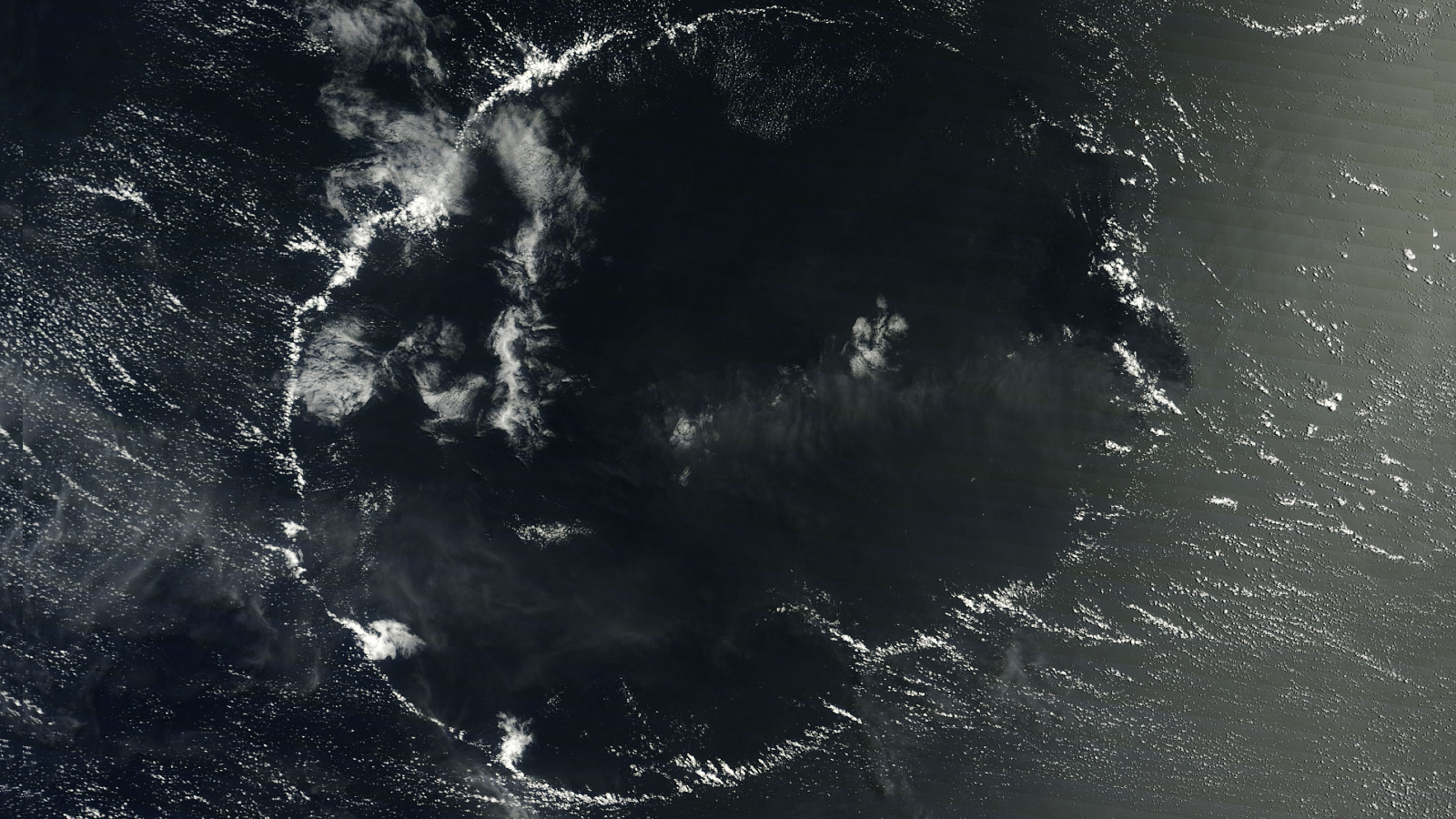
Giant, near-perfect cloud ring appears in the middle of the Pacific Ocean
By Harry Baker published
Earth from space A 2014 satellite image captured a rare glimpse of a massive, eerily circular ring of clouds that formed slap-bang in the middle of the Pacific Ocean.
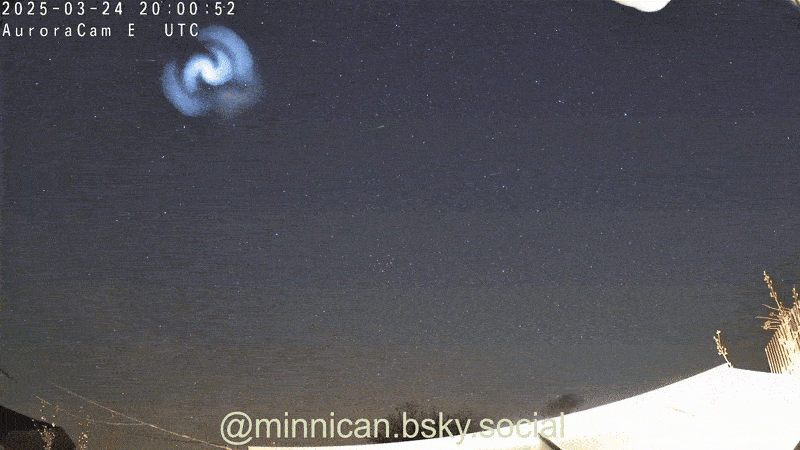
Dying SpaceX rocket triggers giant spiral of light above UK and Europe during secret mission
By Harry Baker published
A giant whirlpool of light, known as a "SpaceX spiral," was recently spotted swirling across the night sky over Europe as a Falcon 9 rocket prepared to reenter Earth's atmosphere after deploying top-secret cargo.
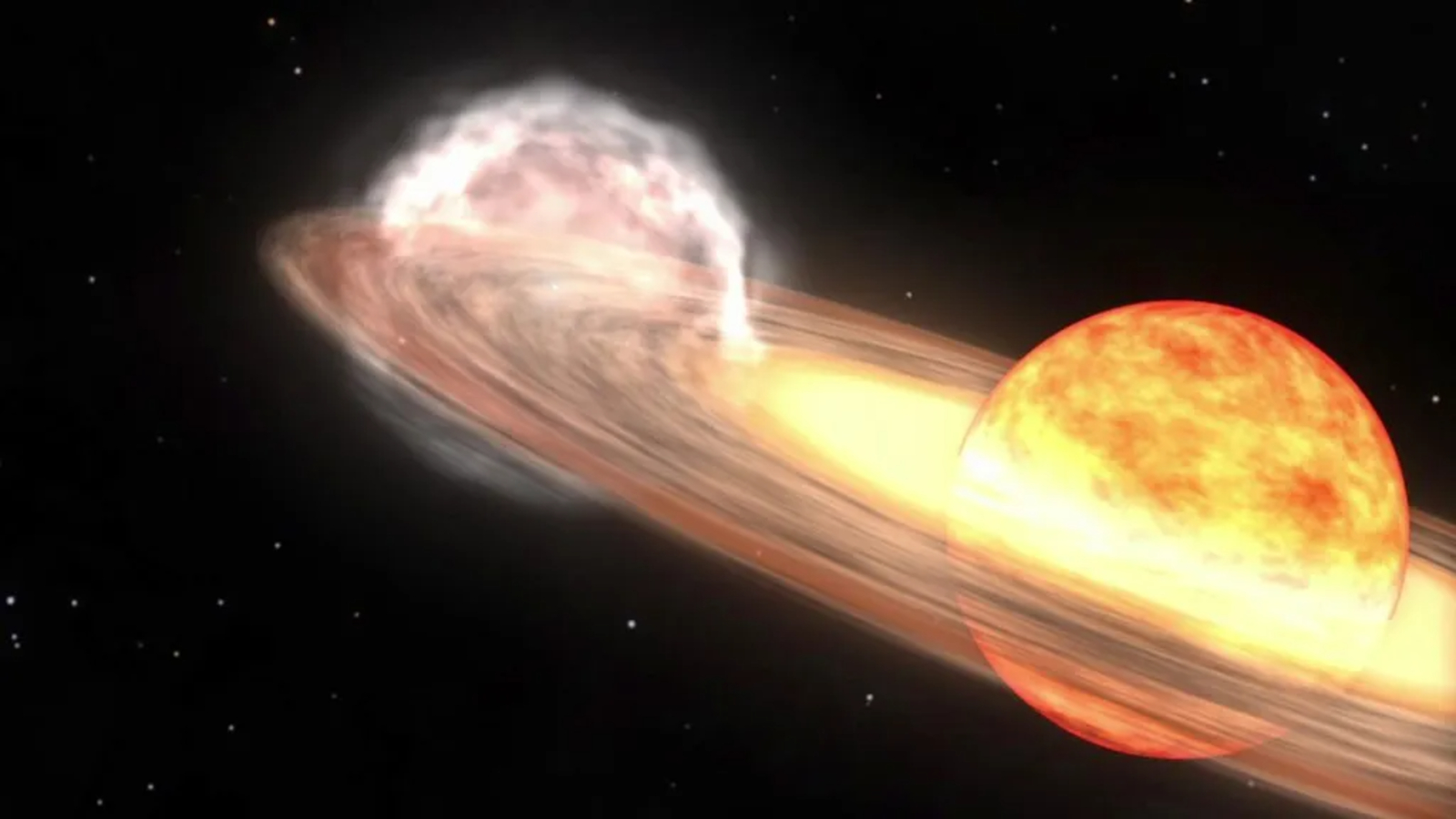
Elusive 'Blaze Star' nova could finally appear in our skies this week after multiple false alarms
By Harry Baker published
Skygazers have been waiting for over a year to see a recurrent nova that creates a temporary, super-bright star every 80 years or so. A new study suggests that it could finally happen this week — but nothing is certain.
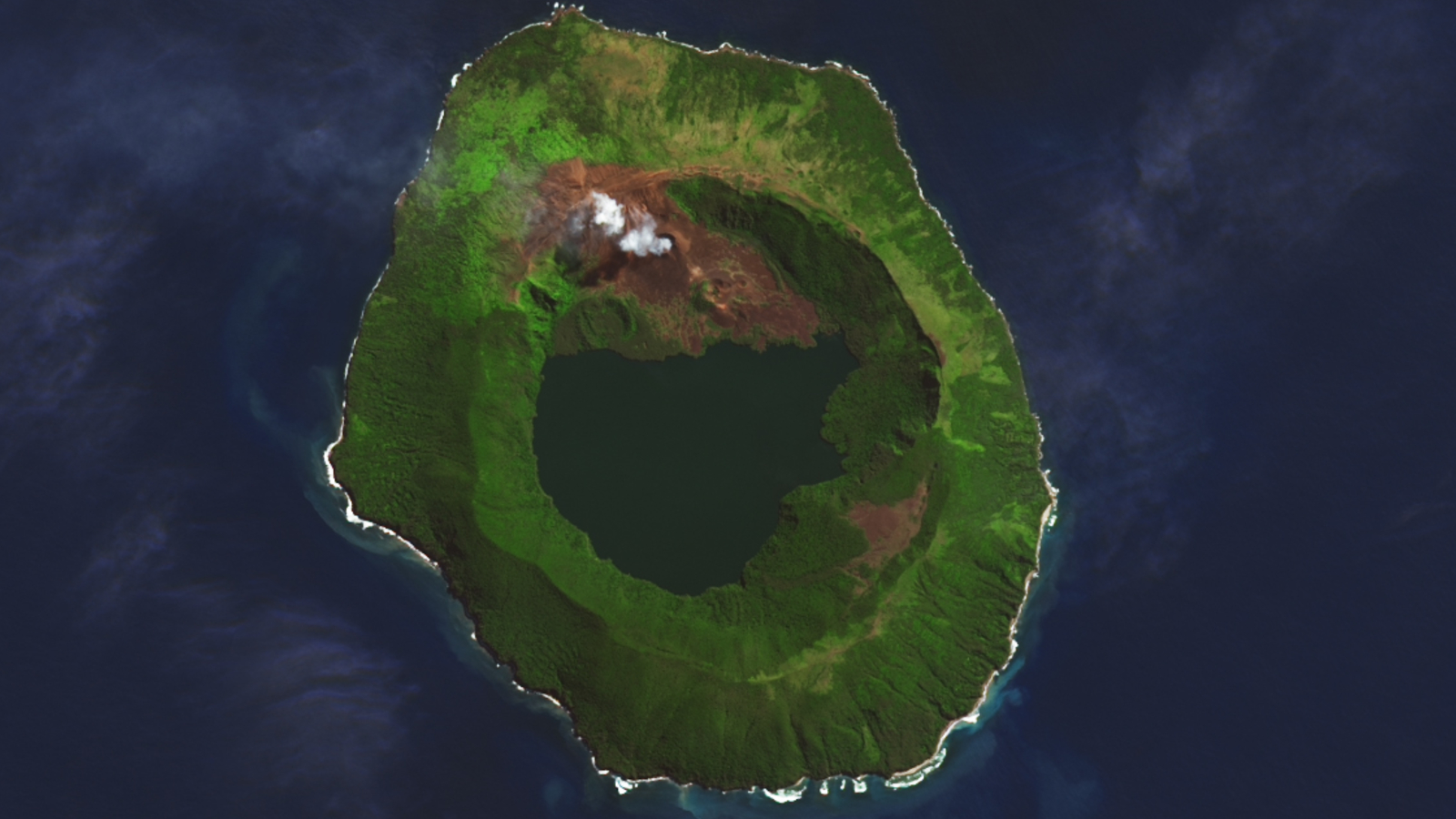
'Shining anus' volcano in Tonga coughs up cloud of smoke during recent eruption
By Harry Baker published
Earth from space A 2022 satellite photo shows smoke rising from a caldera on Tofua, highlighting the "looming threat" of the volcanic island.
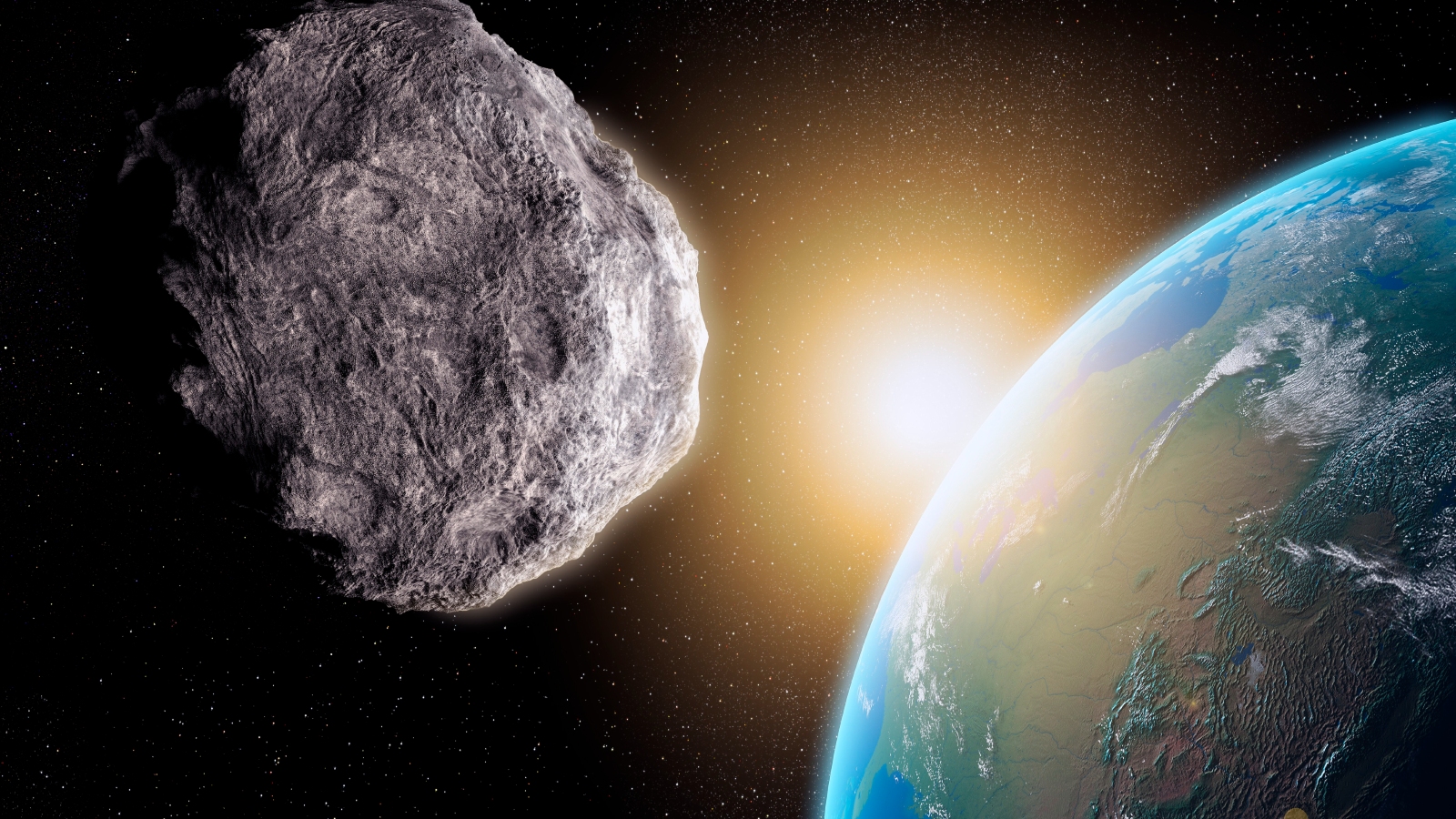
'Potentially hazardous' pyramid-size asteroid will make its closest flyby of Earth for more than 100 years this Wednesday
By Harry Baker published
The hefty space rock 2014 TN17 is large enough to wipe out a city, but it will pose no risk to our planet when it sails by this Wednesday (March 26). Researchers will monitor it carefully during its close approach.
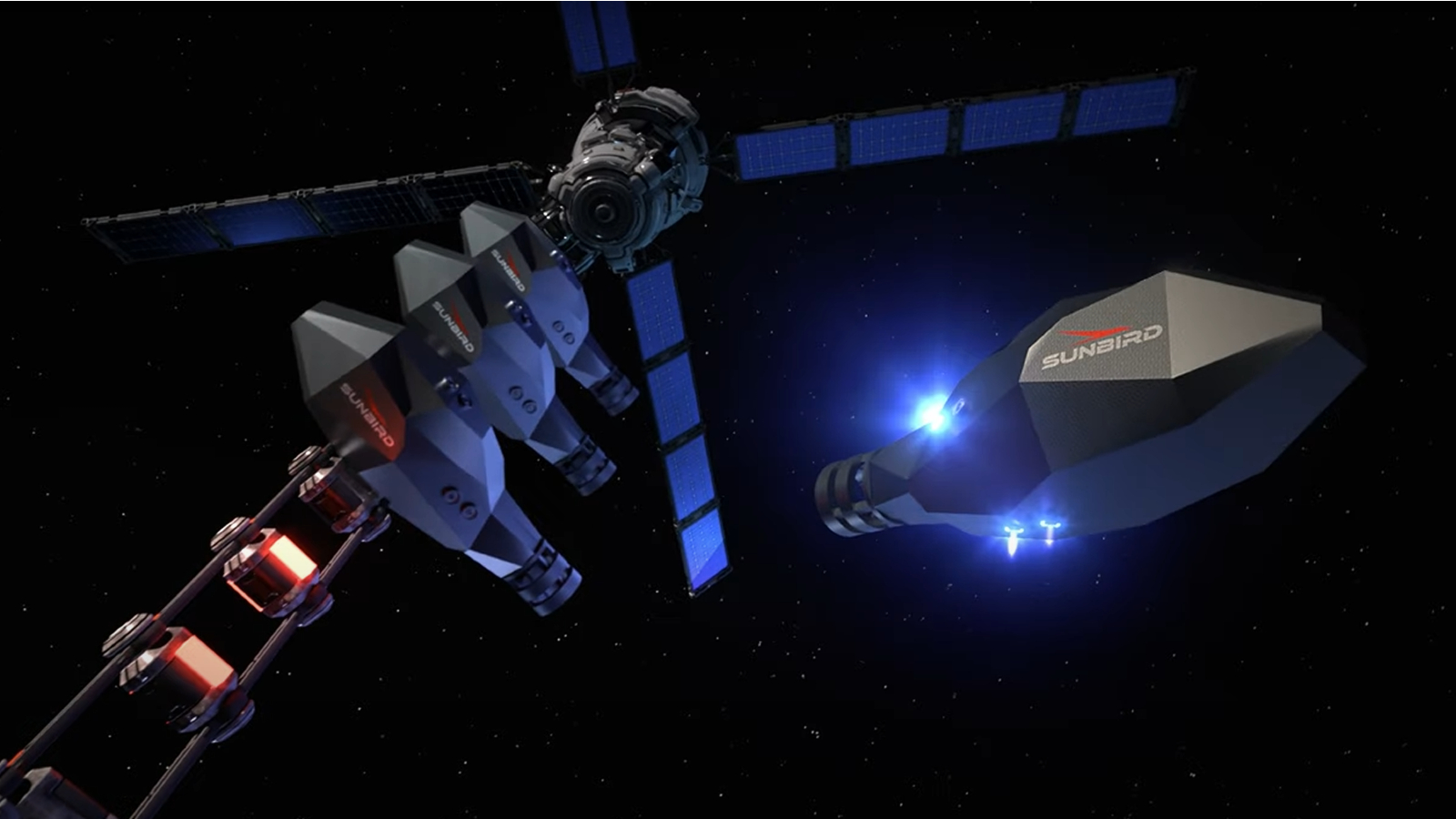
Futuristic, 'alien-like' nuclear fusion rockets developed in total secret could revolutionize space travel — if they actually work
By Harry Baker published
U.K. start-up Pulsar Fusion has unveiled plans to build a fleet of reusable nuclear fusion-powered rockets, known as Sunbirds, that could cut journey times across the solar system in half. But not everyone is convinced.
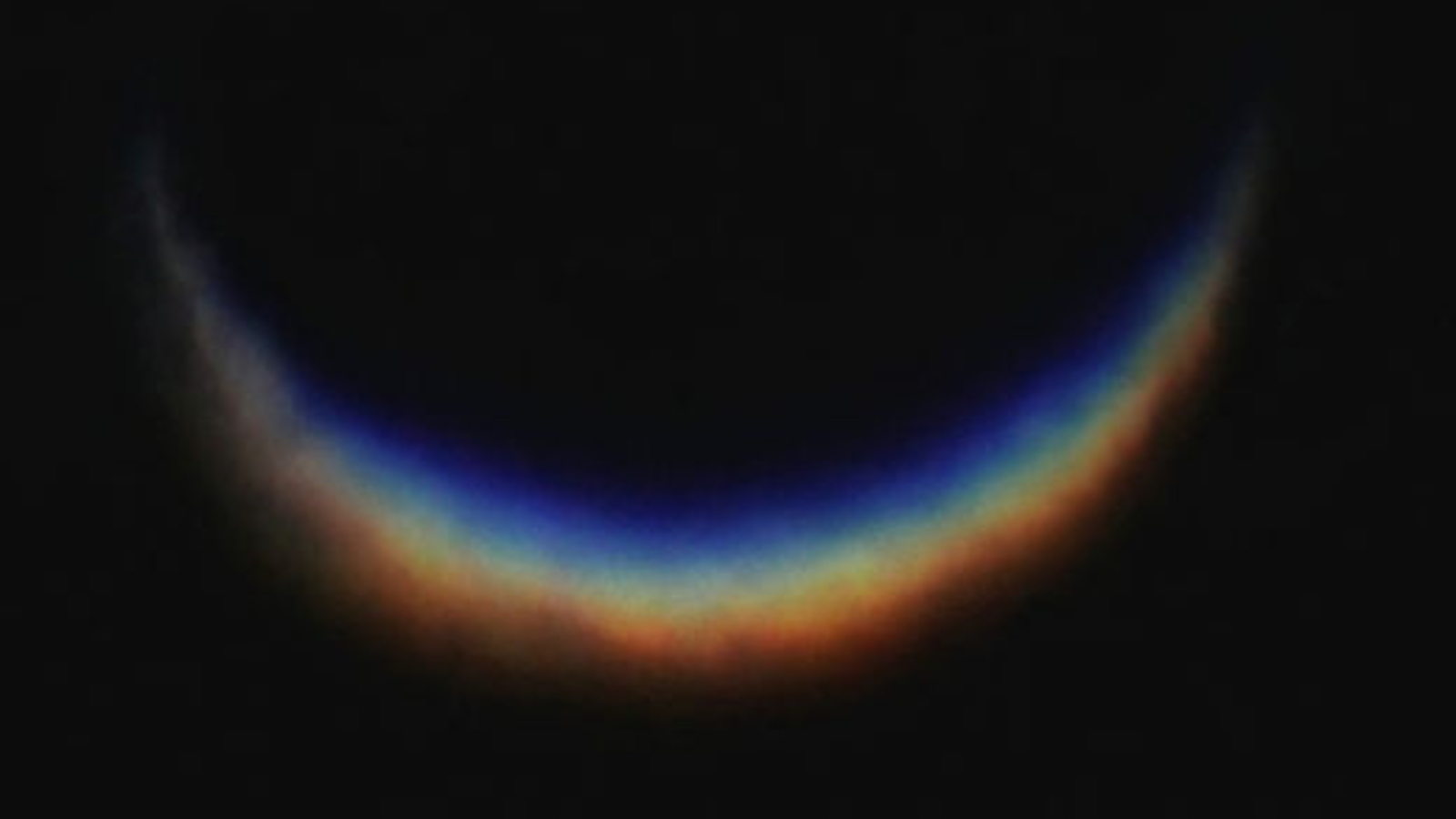
Venus goes 'new moon' as it passes between Earth and the sun this weekend
By Harry Baker published
As Venus approaches its inferior conjunction, astrophotographers have snapped some striking shots of the crescent planet looking like a giant rainbow in space.
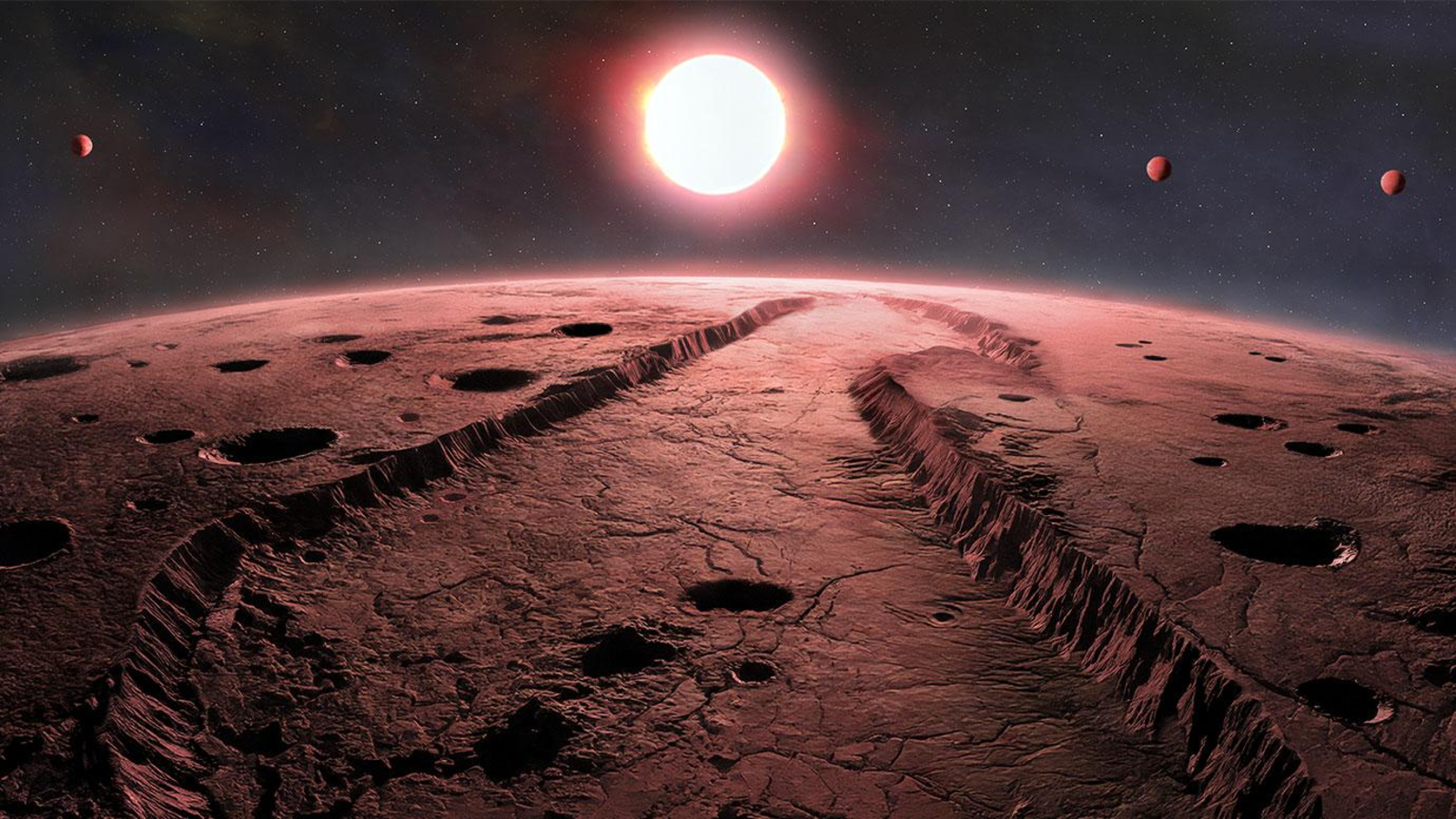
4 tiny, Earth-like planets found circling 2nd-closest star system to us — and could be visited by future human generations
By Harry Baker published
A quartet of small, rocky exoplanets likely circle Barnard's Star, around 6 light-years from Earth, putting them in contention as targets of missions for future human generations.
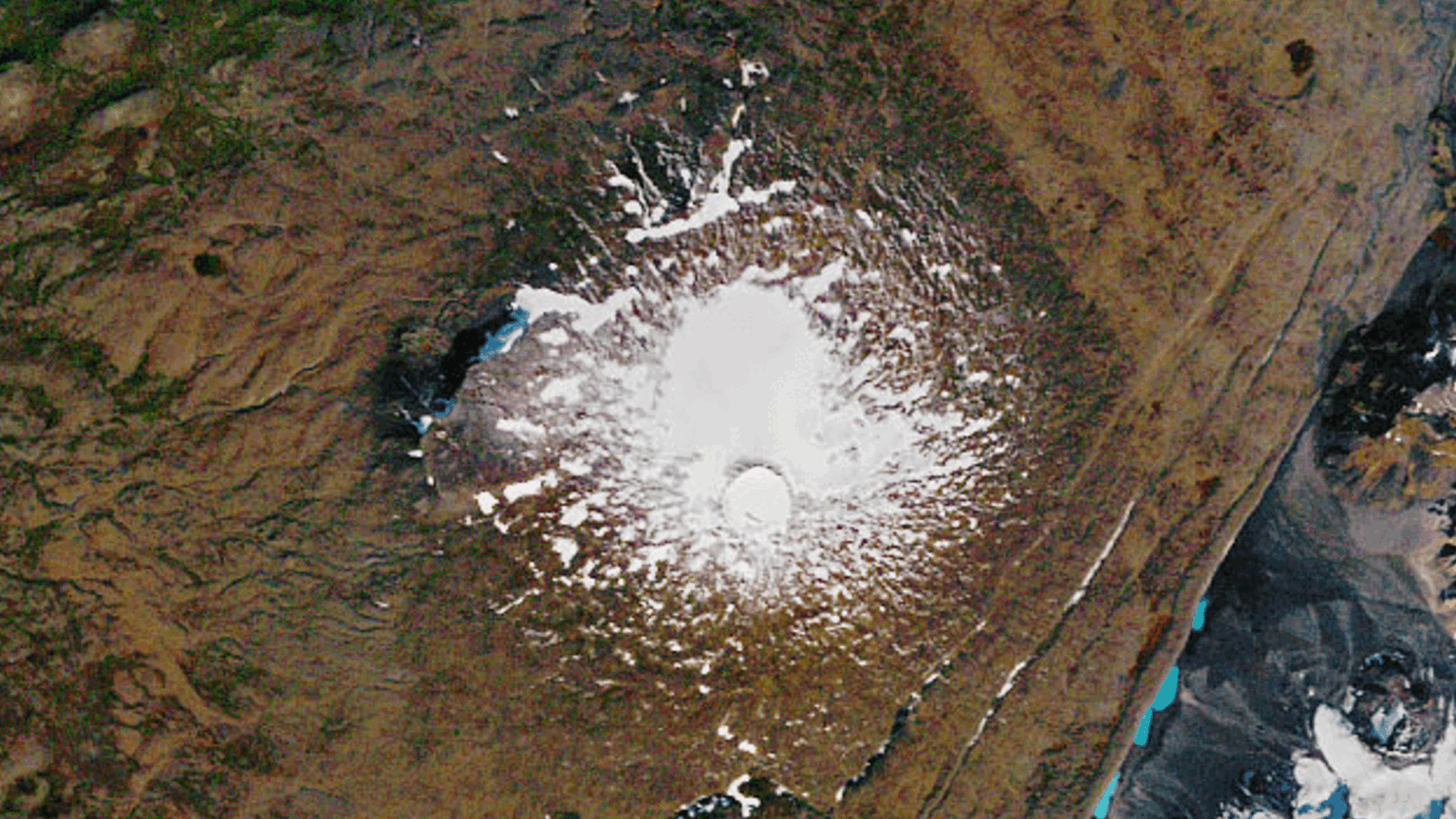
1st glacier declared dead from climate change seen in before and after images
By Harry Baker published
Earth from space Satellite images taken more than three decades apart show the disappearance of Iceland's Okjökull, the first glacier to be officially declared dead as a result of human-caused climate change.
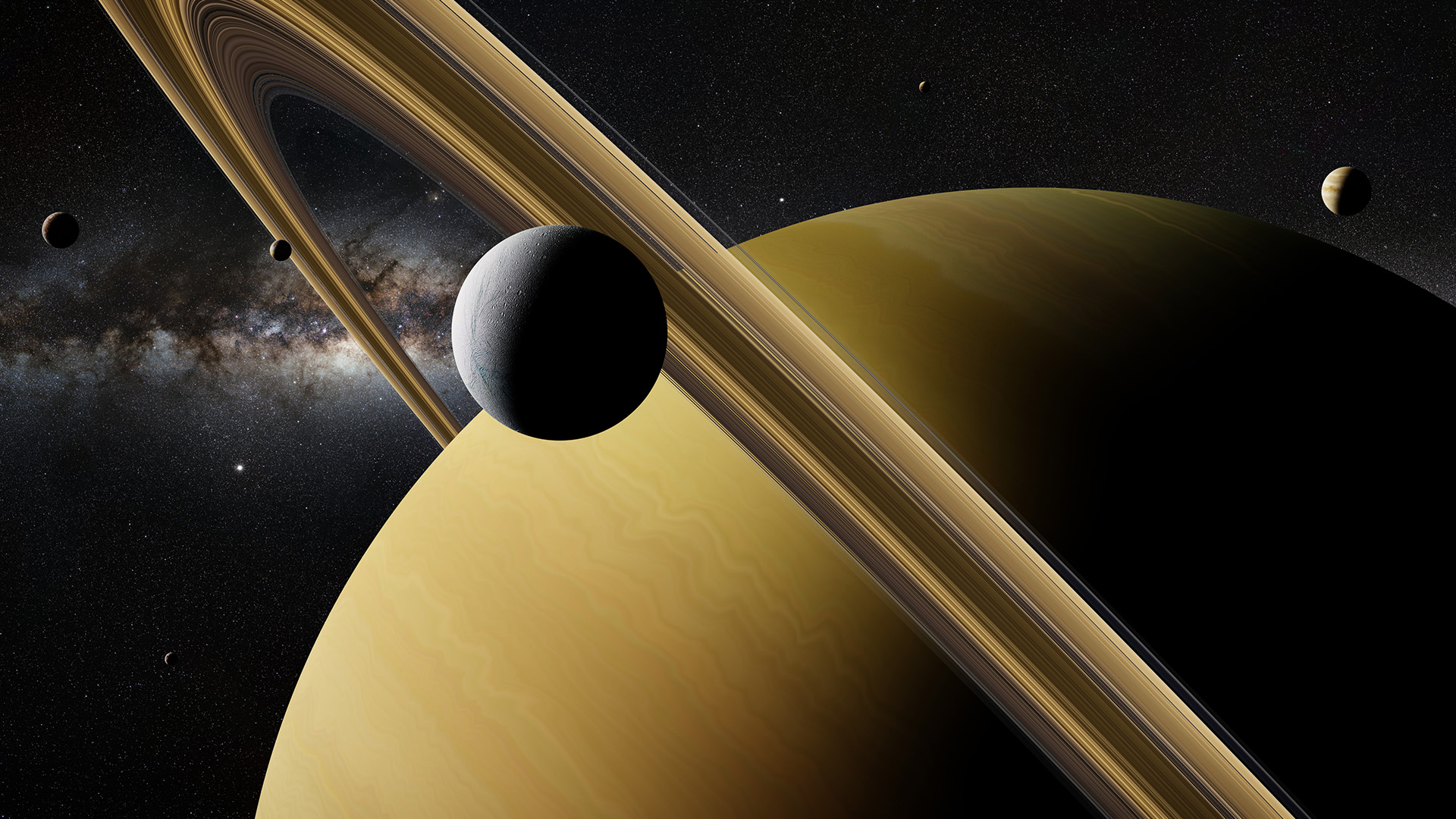
How many moons are in the solar system?
By Harry Baker last updated
The solar system has many more moons than the one we can see in the sky. But how many do we actually know about? And how many more are waiting to be discovered?
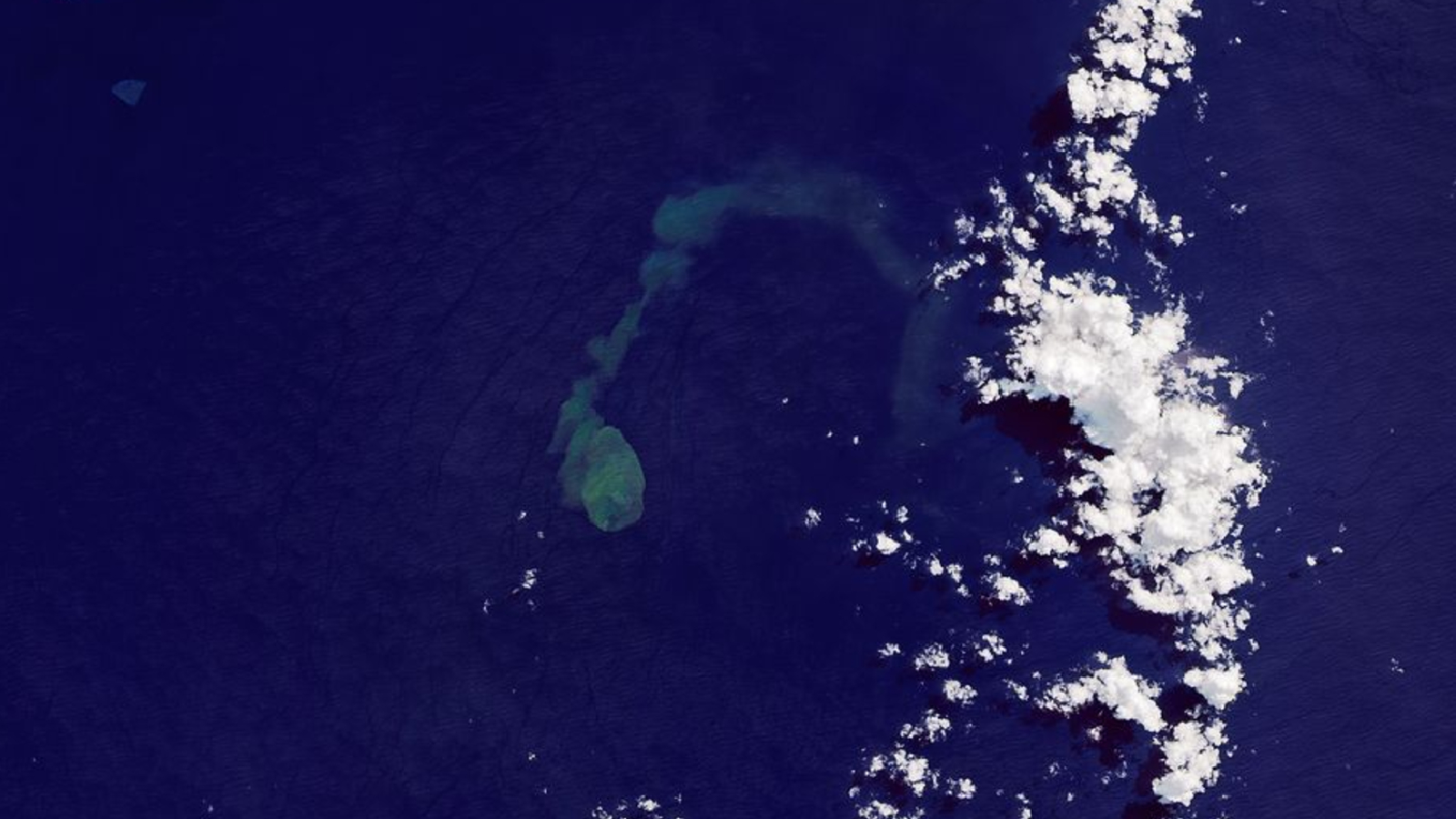
Erupting 'sharkcano' spits out a giant underwater plume in Oceania
By Harry Baker published
Earth from space A 2022 satellite photo shows a large plume of discolored water rising from the undersea Kavachi volcano, during an eruption that likely scattered the sharks that normally dwell there.
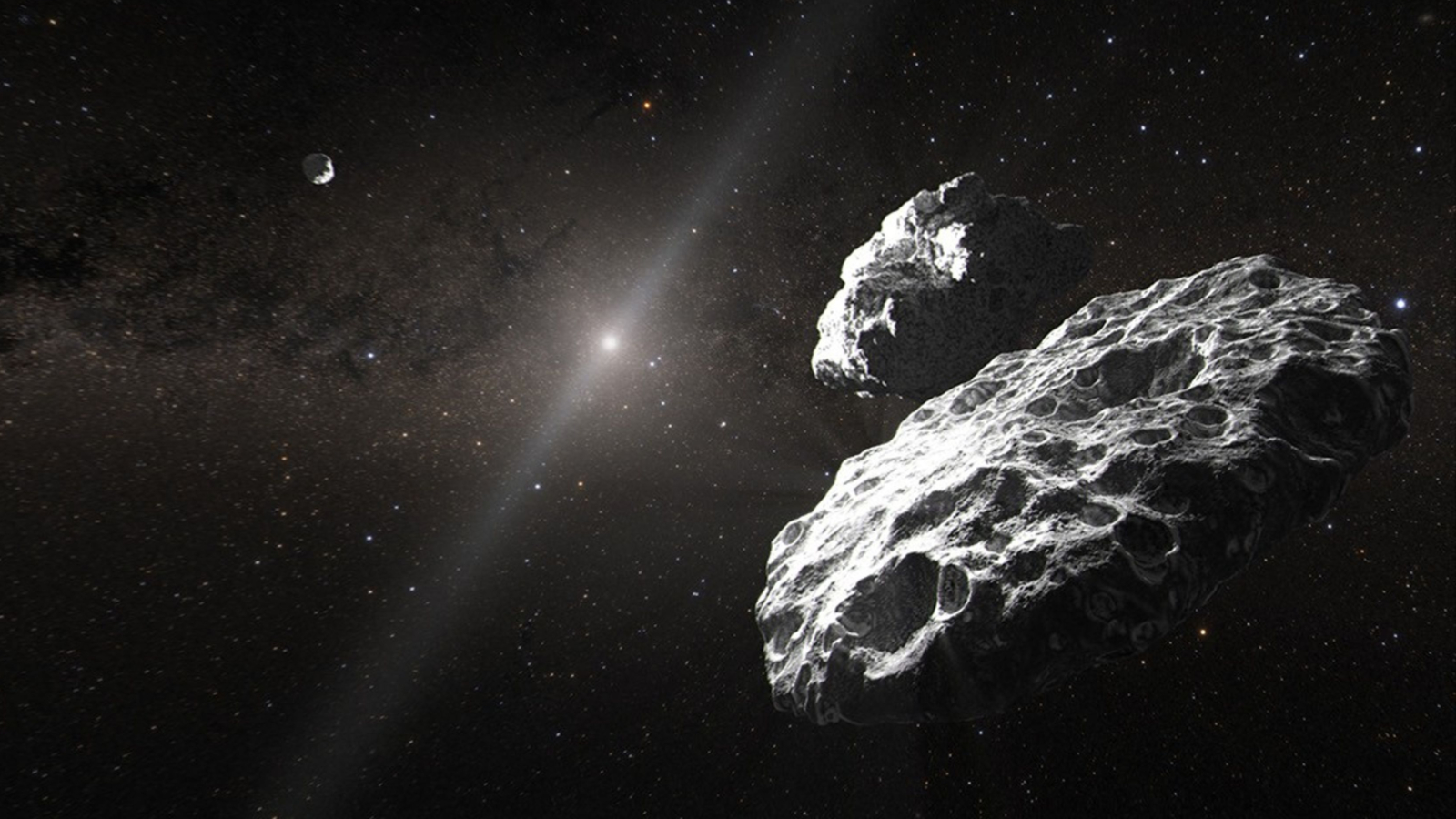
Astronomers identify a celestial '3-body problem' lurking in the outer solar system
By Harry Baker published
New research suggests that a binary pair of Kuiper Belt objects, known as the Altjira system, is actually made up of three separate bodies orbiting one another in a complex triad. This rare orbital configuration is often referred to as the "three-body problem."
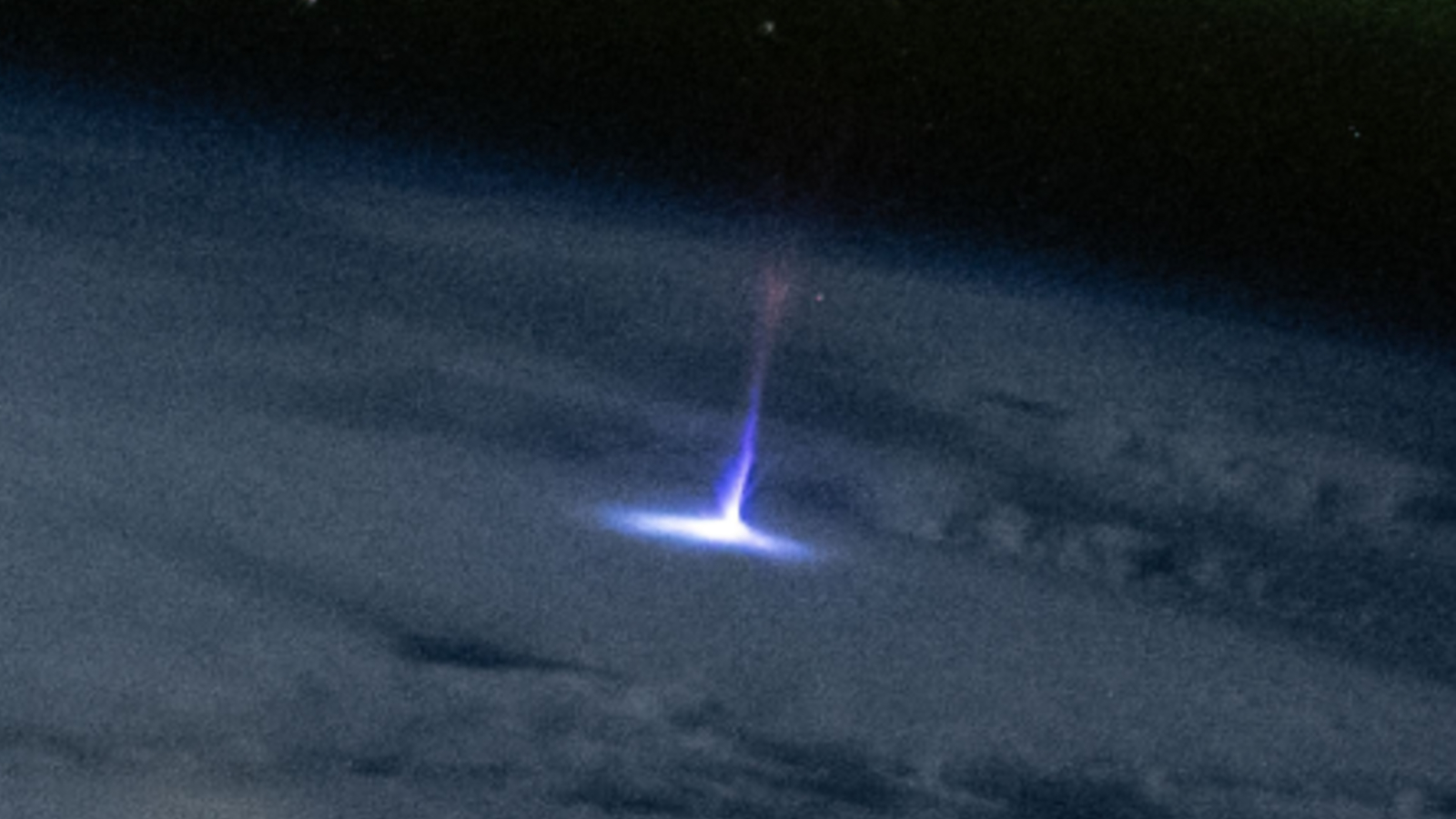
Spectacular photo taken from ISS shows 'gigantic jet' of upward-shooting lightning towering 50 miles over New Orleans
By Harry Baker published
A newly unveiled astronaut photo shows a "gigantic jet" shooting upward from a thunderstorm above Louisiana in November 2024.
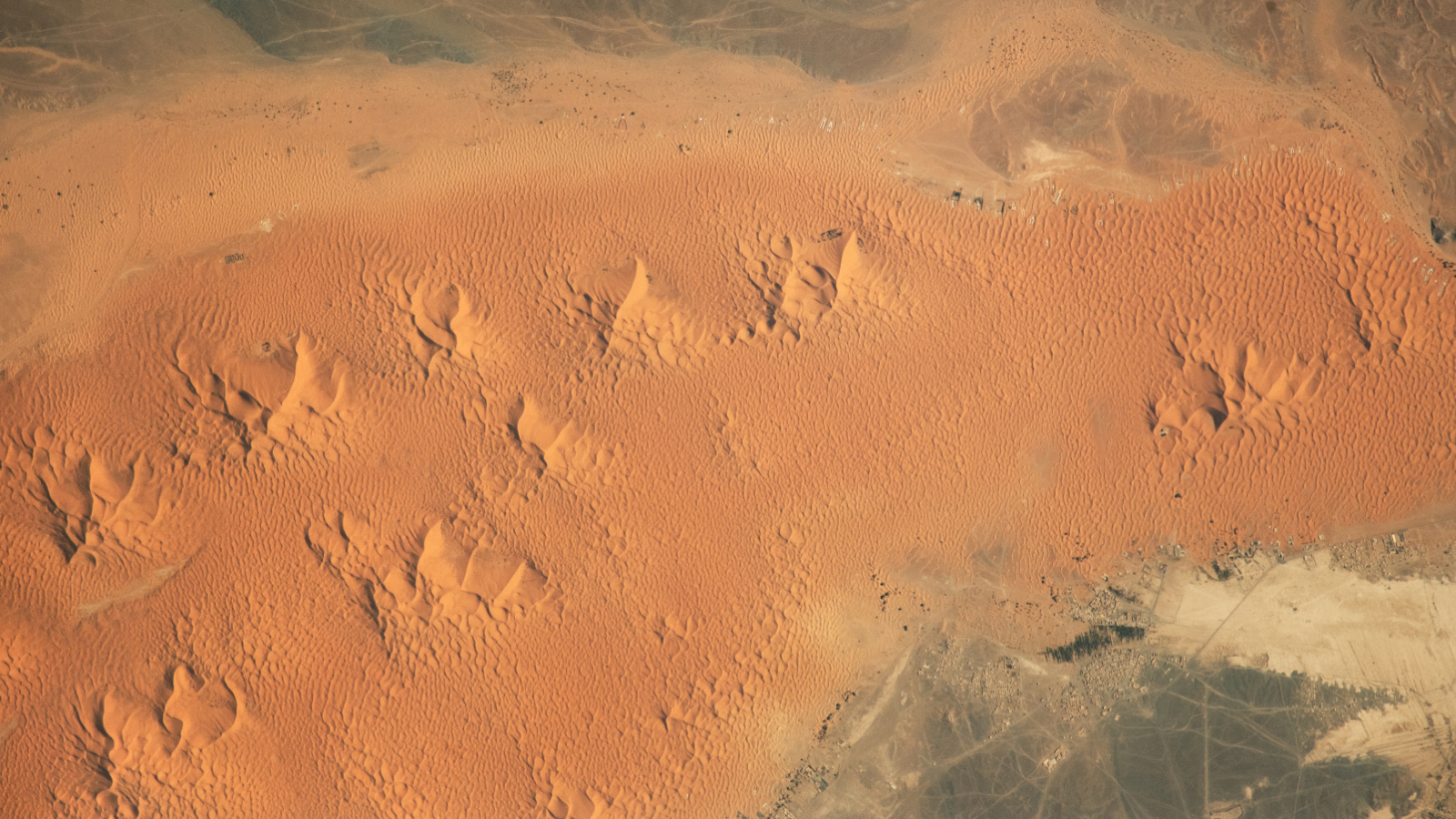
Giant, pyramid-like 'star dunes' slowly wander across Moroccan desert
By Harry Baker published
Earth from space This 2023 astronaut photo shows a series of slowly moving "star dunes" in the Erg Chebbi region of Morocco. Most of these massive structures are likely several centuries old.

Chinese scientists reveal plans for near-invisible stealth missiles that could 'redefine modern warfare'
By Harry Baker published
Chinese scientists claim to have found a new way of injecting helium into rocket engines, which could be used to make missiles that are much harder to detect or intercept. The new technology was allegedly inspired by the faulty spacecraft that "stranded" NASA astronauts on the ISS last year.
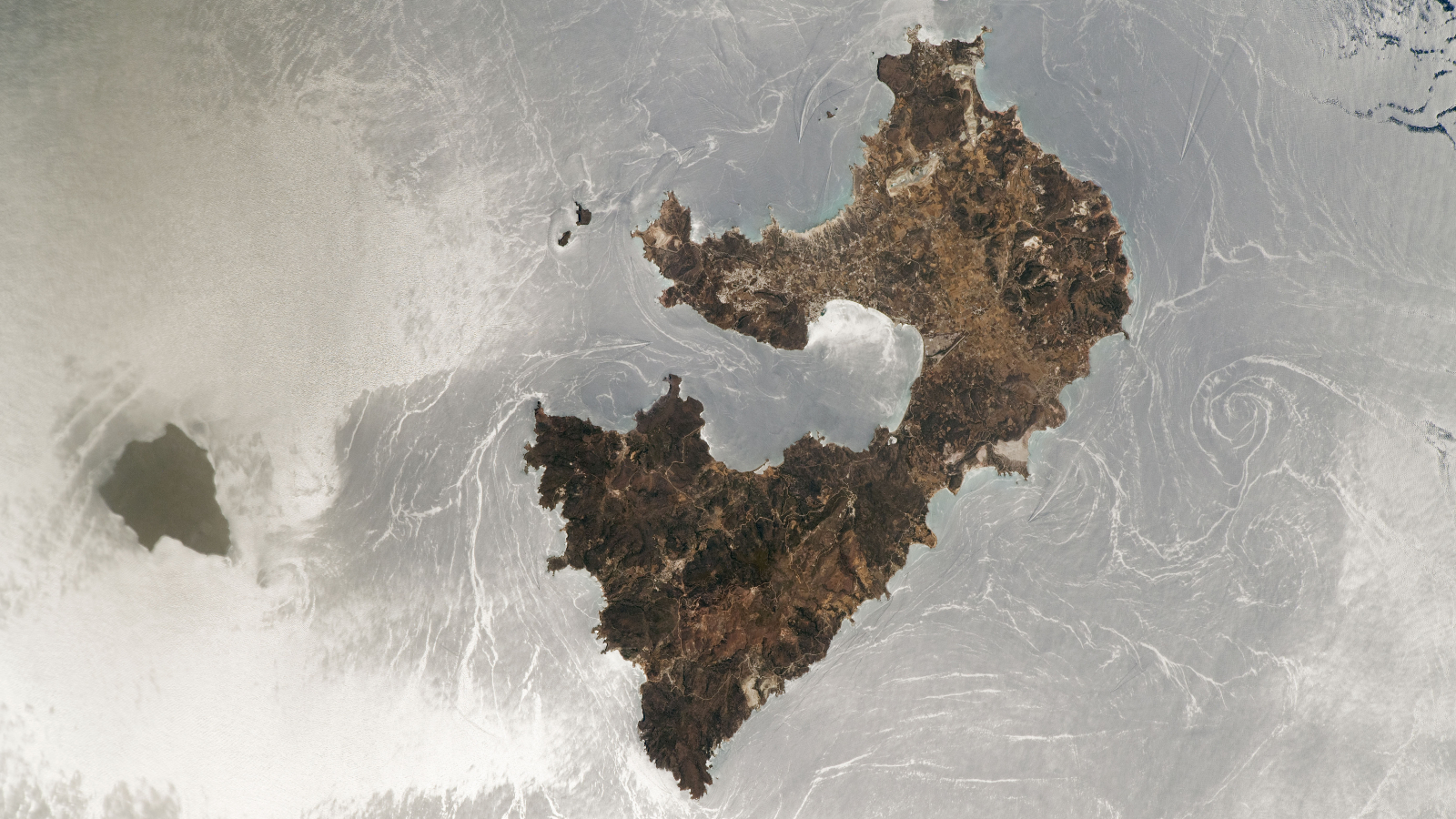
Rare 'sunglint' transforms the Mediterranean Sea into a swirling, silver mirror
By Harry Baker published
Earth from space This 2022 astronaut photo reveals a menagerie of hidden oceanographic features surrounding a pair of Greek islands, including giant spinning currents and rarely seen "internal waves."
Sign up for the Live Science daily newsletter now
Get the world’s most fascinating discoveries delivered straight to your inbox.